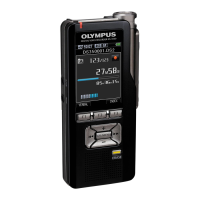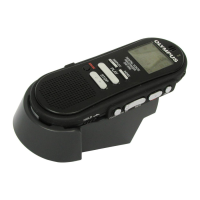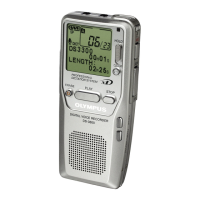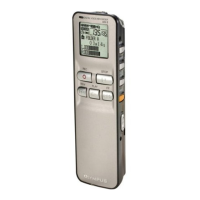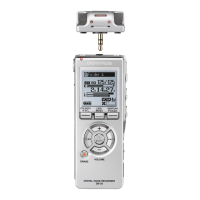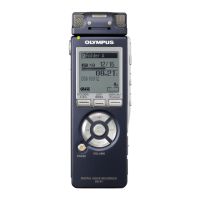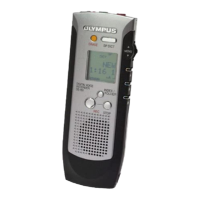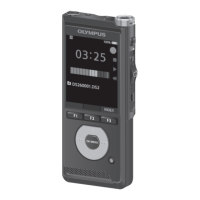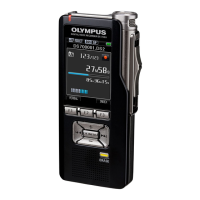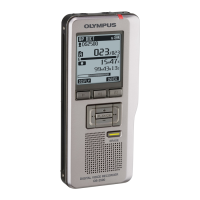What to do if I am unable to erase files on my Olympus DS-3500 Voice Recorder?
- MMatthew MontgomeryAug 16, 2025
If you are unable to erase files on your Olympus Voice Recorder, check the following: * The file is locked. Unlock the file from the file menu. * The SD card is locked. Unlock the SD card.
